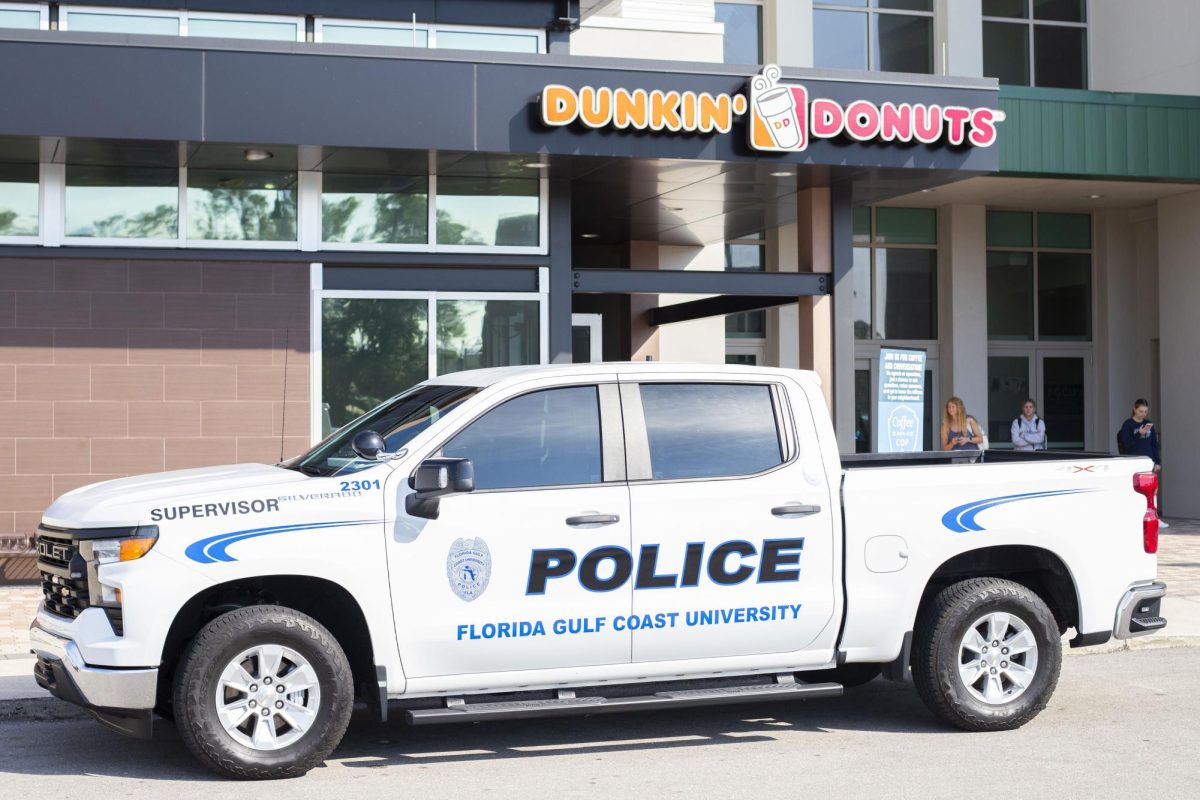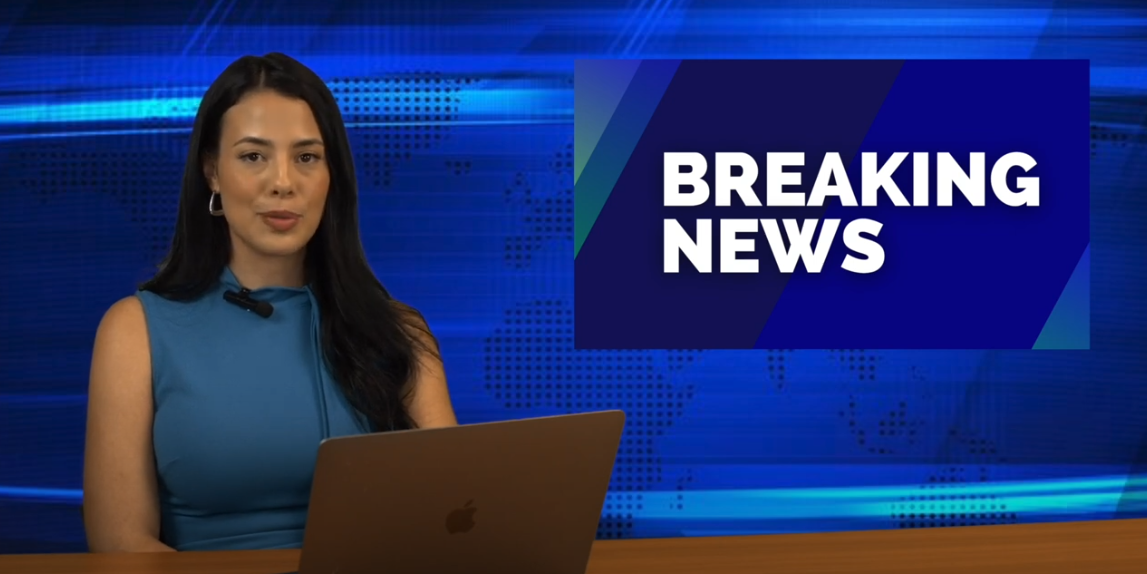On Oct. 28, faculty, staff and students gathered in the Cohen Center ballroom to clear the air at FGCU for good. Eagles Care for Clean Air held its first public forum in order to spread awareness of the smoke- and tobacco-free campus initiative.
FGCU President Wilson Bradshaw, who gave the opening statement at the forum, set the initiative in place in February 2015.
“I so greatly appreciate the support we’ve gotten from (Staff Advisory Council), from Faculty Senate and from Student Government to start this initiative,” Bradshaw said.
Bradshaw continued to touch on the base of the initiative, stating that inspiration came from other schools in the area, as well as around the country.
“This is nothing new to many of the state university campuses,” he said. “It’s happened at some of the larger ones and even some of our state colleges. Many of the things that we will be implementing are the result of the best practices that have been identified at other institutions.”
Lee County has had several no-smoking policies set across the district. Florida SouthWestern State College has been a smoke-free campus since 2010, and the Lee County Board of County Commissioners collaborated with the county health department to create the Tobacco-Free Lee initiative, which restricted the use of tobacco products on Lee County BOCC property.
“They have been very generous with providing us access to the folks who were responsible for implementing those policies on their campuses,” Bradshaw said.
One of the No. 1 concerns that was addressed to Bradshaw was if faculty and staff will be fired if they do continue to smoke once the initiative is set in place on May 9, 2016 — the official start of summer classes. Bradshaw said that while this is mainly a cultural change for the campus, faculty and students won’t be forced into a complete lifestyle change.
“What we’re talking about is creating a healthier environment, and to some extent, that is about changing a significant part of the culture,” Bradshaw said. “Cultures don’t change overnight. This is a no-smoking policy, not a quit smoking policy.”
Bradshaw said that along with the removal of designated smoking areas around campus, those who do smoke will be provided access to cessation resources through Student Health Services and Counseling and Psychological Services.
Mitch Cordova, the dean of the College of Health Professions and Social Work and co-chair of the committee, then took to the podium to introduce the intimate crowd to fellow chair Jon Brunner, the director of Counseling and Health Services, who presented a PowerPoint that had previously not been shown to the public.
“We know that this is a public health issue,” Brunner said. “Smoking is the chief preventable cause of death in the United States, causing more than 480,000 premature deaths annually.”
Brunner reiterated that the initiative began with President Bradshaw’s declaration on Feb. 24. However, the decision was not put into position by Bradshaw alone.
“This is not something that just came out of the president’s cabinet,” Brunner said. “It was approved and requested through other governing bodies [on campus] such as SAC and Faculty Senate.”
Following the end of Brunner’s presentation, the floor was open for questions.
An attendee, who identified herself as a smoker, stated that FGCU’s approach to becoming a smoke- and tobacco-free campus was too extreme. She then explained that when larger campuses, such as Florida State University’s campus, transitioned from having designated smoking areas to none at all, they moved them away from areas with a lot of pedestrian traffic first, instead of removing them completely as the committee at FGCU plans to.
Other queries from the audience included questions regarding the use of chewing tobacco on campus, which will be prohibited along with cigarettes and vape pens, and the proper disposal of cigarette butts that might be found after the initiative is taken into effect.
The committee, comprised of 14 FGCU faculty and staff members, has met every two weeks since April 28 of this year. The committee includes three subdivisions: marketing, implementation and cessation.
The marketing sub-committee members were responsible for creating the website as well as promoting events such as the first public forum. The implementation sub-committee members created the main plan of action as well as the papers that were handed out to those who attended the forum, which included FAQs and a general timeline of the committee’s progress.
“This initiative is based on education and empowerment,” Brunner said. “We’re going to try to educate the campus community about the initiative, resources and the rationale. We are indeed making an earnest attempt to empower people.”
Categories:
Smoke- and Tobacco-Free forum begins FGCU smoke-free initiative
October 28, 2015
Story continues below advertisement
1
0
































